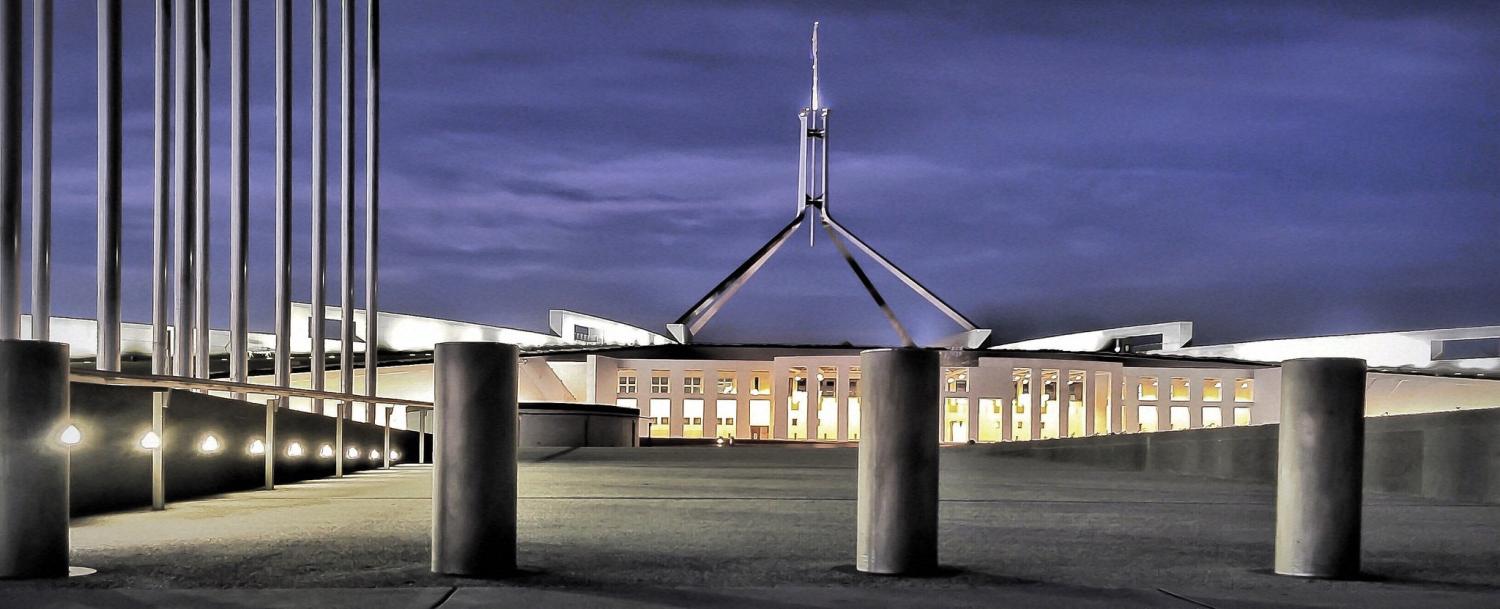The long-awaited release of the unclassified version of the 2017 Intelligence Review is now at hand. Released by Prime Minister Malcolm Turnbull at the same time as he announced the creation of a Department of Home Affairs, the rationale and details of the review unfortunately are now part of the background noise. But this review proposes a number of significant and consequential reforms that deserve close attention. It shows how much times have changed, and reflects how many arms of government are now involved in the intelligence business. This review was necessary and its recommendations are pertinent and strong.
In The Secret Cold War, my colleague Dr Rhys Crawley and I wrote about the extraordinary reforms recommended by Justice Robert Marsden Hope and subsequently implemented across the Australian Intelligence Community (AIC). The two royal commissions over which he presided and the protective security review, which followed the February 1978 Hilton Hotel bombing, set the stage for a robust set of intelligence arrangements that stood the test of time.
Indeed, when Hope conducted his reviews, the AIC consisted of five organisations: the Australian Signals Directorate (ASD), established in 1947; the Defence Intelligence Organisation (DIO), also founded in 1947; the Australian Security Intelligence Organisation (ASIO), established in 1949; the Australian Secret Intelligence Service (ASIS), established in 1952; and the Office of National Assessments (ONA), created after the first Hope royal commission in 1977. A sixth was added subsequently and is known now as the Australian Geo-spatial Intelligence Organisation (AGO).
As a consequence, by the time of the 9/11 terrorist attacks, when other ‘five eyes’ nations undertook some organisational soul-searching, the AIC stood largely unchallenged.
To be sure, the Intelligence Services Act 2001 set about a more robust legal framework for ministerial accountability for respective portfolios in the post 9/11 era. But beyond that, the tried and tested organisational structure of Hope’s era stood the test of time.
Subsequent reviews by Philip Flood in 2004 and by Rufus Black and Robert Cornall in 2011 prompted minor changes and largely confirmed the appropriateness of the framework established following Hope’s recommendations.
In the years since the 2004 and 2011 reviews, the functions of the AIC have expanded. Since then, there has been considerable change. The face of Islamic extremism has morphed and spread abroad and at home. The rise of cyber security challenges has affected not just militaries but government and industry. The prospect of great power conflict has returned to being surprisingly plausible, and the function of defending the nation has spread beyond the defence force to include a range of additional government agencies, including the Australian Border Force. It is not surprising, therefore, that change in the intelligence arrangements would be coming.
Mindful that circumstances change, both the 2004 and 2011 reviews recommended further periodic reviews. This 2017 review, undertaken by former senior public servants experienced in national security and intelligence matters, Michael L'Estrange and Stephen Merchant, along with Britain’s Sir Ian Lobban, presents an examination as consequential as those of Hope, particularly in terms of the scope and magnitude of the issues addressed and the changes proposed.
The review includes a range of specific recommendations that can be grouped as six noteworthy areas of reform.
First is the creation of an Office of National Intelligence. This is a sensible and graduated move that would subsume ONA and provide a greater central mechanism for the national coordination of intelligence affairs. The new name is also more clearly recognisable as the peak intelligence body for the nation.
Second is the better resourcing and management of intelligence capabilities through the establishment of a joint intelligence capability management function. This also is a reasonable step given the need to coordinate intelligence equipment acquisition, holistically manage IT infrastructure and better guarantee the highest of security measures.
Third is the establishment of the Australian Signals Directorate as a statutory body within the Department of Defence. This will place the head of ASD on a par with the heads of the two other statutory intelligence bodies, ASIO and ASIS. This is something that has been talked about for years by insiders and is widely recognised as a reasonable step to take.
Fourth is a bolstering of the profile and placement of the Australian Cyber Security Centre. This is an unsurprising step, given the high profile of cyber affairs this year.
Fifth is an expansion of the Inspector-General of Intelligence and Security’s remit to cover agencies with intelligence collection and reporting functions not previously counted as part of the six agencies in the Australian Intelligence Community. The expansion of the IGIS’s remit from six to ten organisations will generate the requirement for additional resources and these are accounted for. This is an important step to render the newer intelligence organisations (which have until now operated largely unrestrained by IGIS inspections) subject to oversight by the IGIS.
Sixth is a slightly expanded, operationally oriented role for the Parliamentary Joint Committee on Intelligence and Security to request briefings and initiate inquiries. This is akin to the expanded powers of the counterpart parliamentary committee in the United Kingdom.
Overall, these recommendations are sound. The intelligence review is well considered, timely and reasonable. L’Estrange, Merchant and Lobban deserve to be congratulated for a job very well done.
It is unfortunate, however, that the reviews findings were not declared in isolation of the Home Affairs proposal. By announcing the results of the intelligence review and the new Home Affairs arrangements together, the important reforms outlined risk being lost in the background noise. The new Home Affairs governance arrangements lack the same level of intellectual rigour applied by the intelligence reviewers.
Photo: Flickr/MomentsforZen

